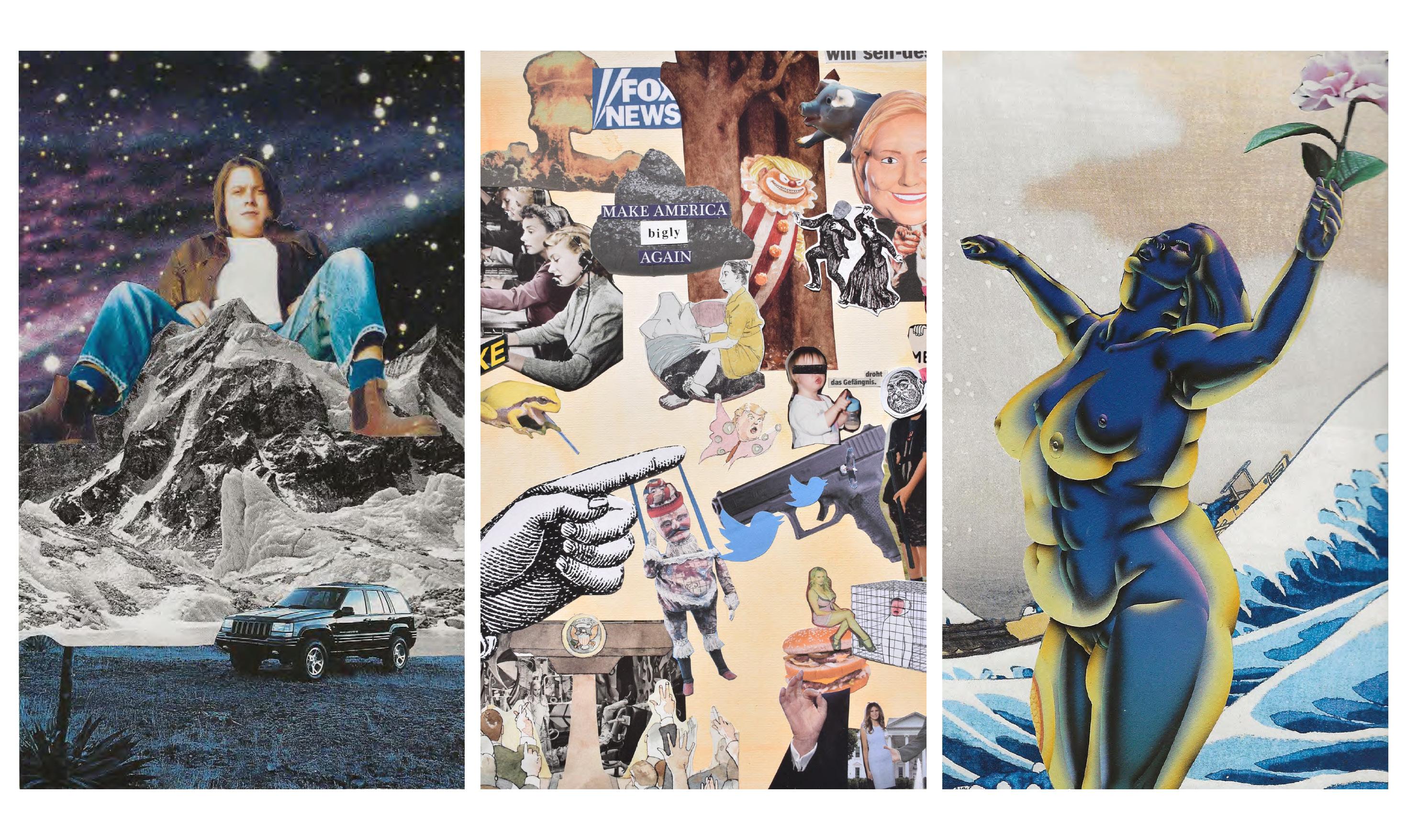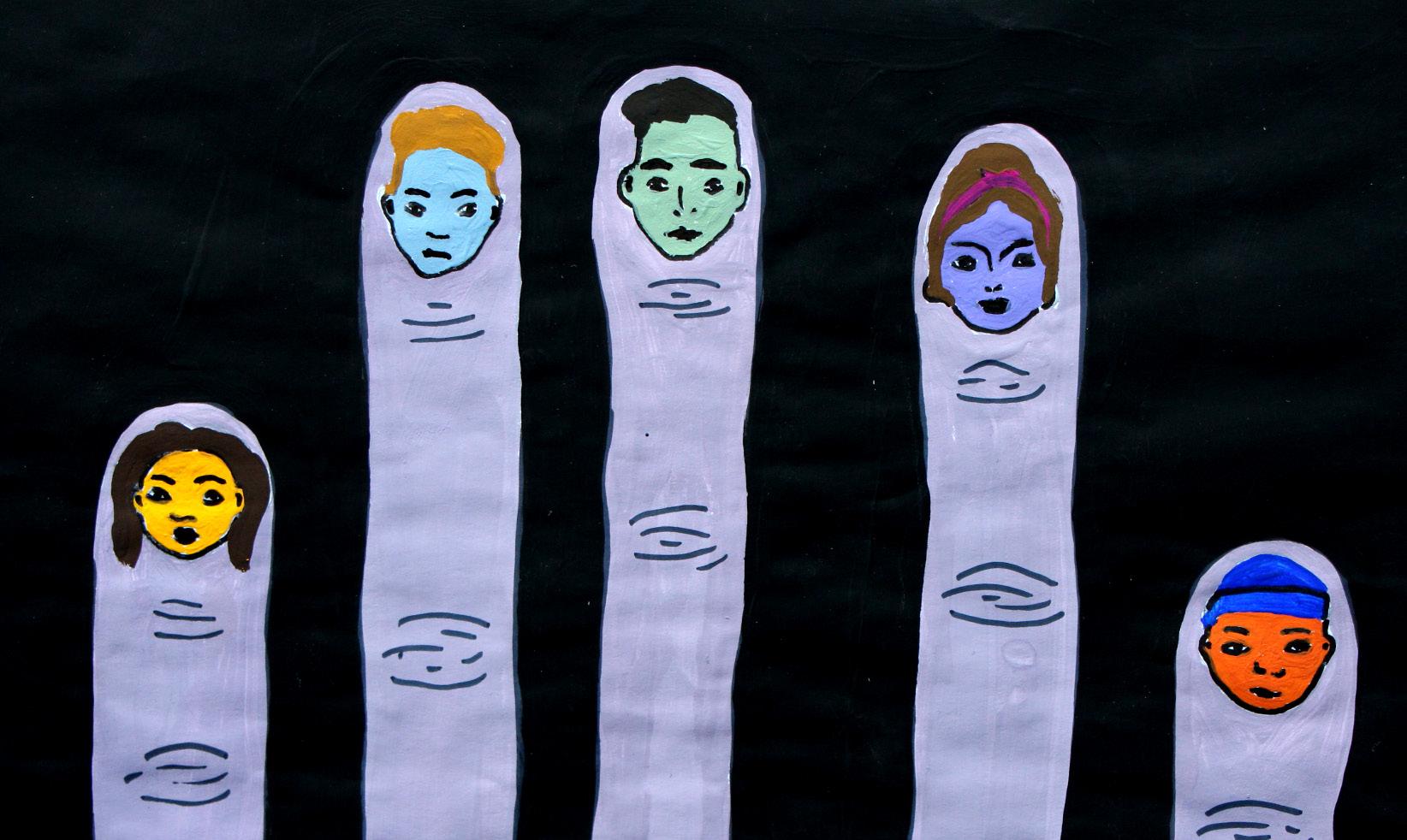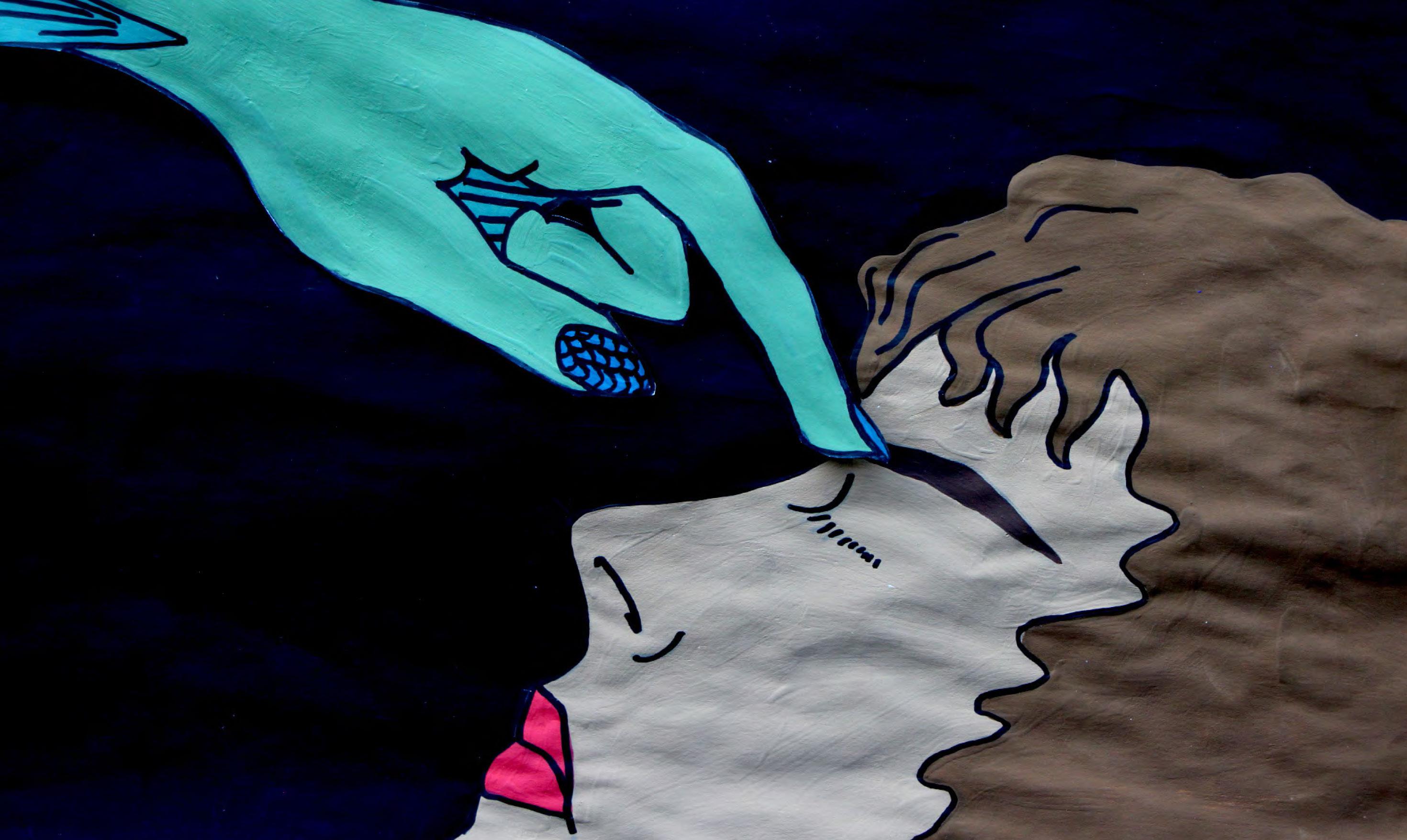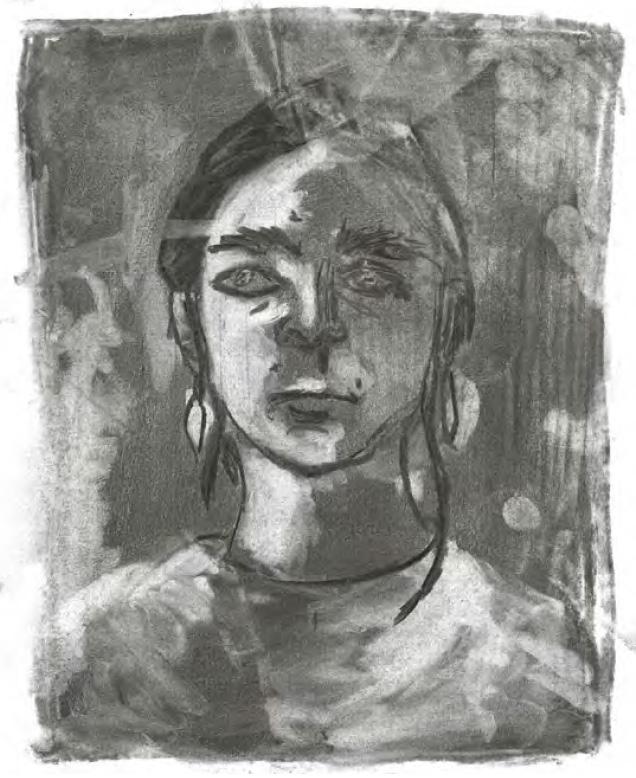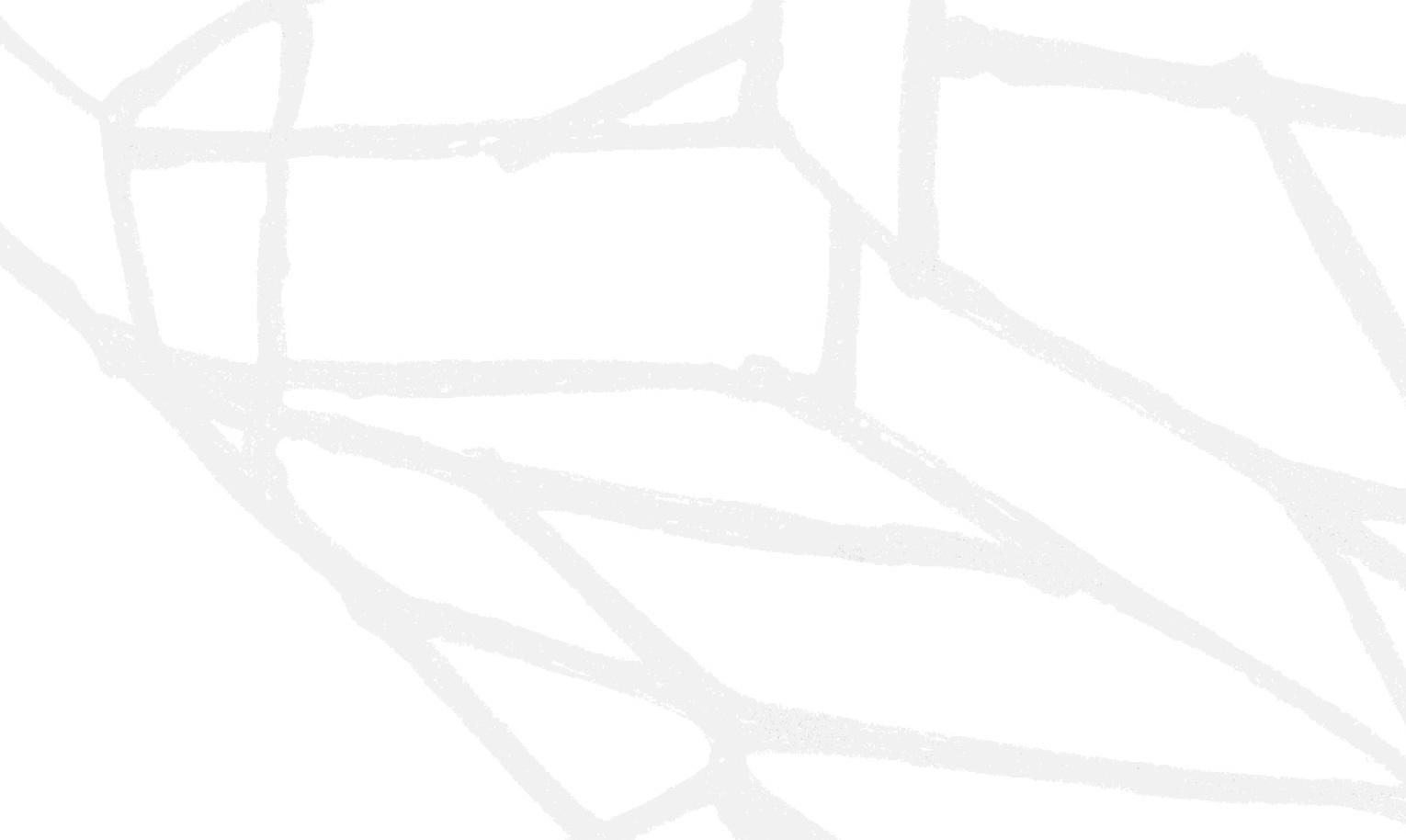

Portfolio
Audrey Shaw
ART, ECOLOGY, SOCIOLOGY AND TECHNOLOGY
In interdisciplinary practice research, various methodologies, theories, and perspectives from different fields are integrated to address complex issues comprehensively. This approach facilitates a holistic understanding by transcending traditional disciplinary boundaries (Repko, 2012).
In my research project, I utilise an interdisciplinary approach that integrates art and design to provide the conceptual framework, enhance aesthetics, and configure spatial arrangement, ecology to provide insights into mycelium’s behaviour, sociology to understand societal disconnection, anthropology to explore diverse ways of knowing, such as the idea of the Pluriverse, and technology to enable interactivity within my installation. This interdisciplinary framework aims to deepen our understanding of interconnectedness and relationality.
“The relational form of contemporary art operates through the intersection of different disciplines, where artists integrate methods and theories from sociology, urban studies, and cultural theory to create works that engage with the social fabric."
(Nicolas Bourriaud 2002)
Let’s Become Fungal publication.
Yasmine Ostendorf-Rodríguez, Author & Curator.
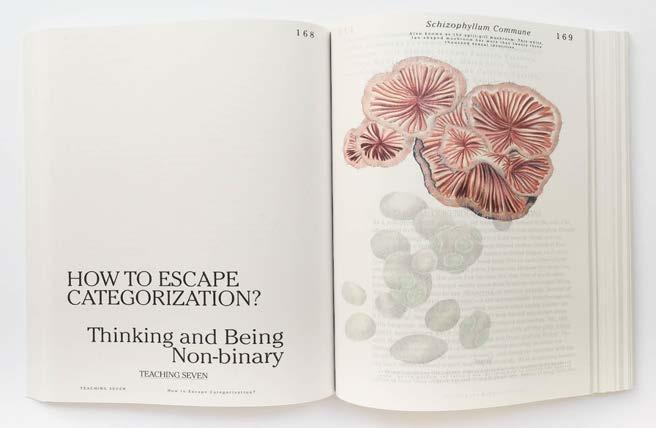
LET’S BECOME FUNGAL
Yasmine Ostendorf-Rodríguez. Interdisciplinary blend of art, science, and cultural studies to promote a holistic understanding and appreciation of ecological balance (Levenson, 2023).

Concept map
“In the more-than-human world, we must learn to listen to the myriad voices of the earth.”
(Anna Tsing 2015)
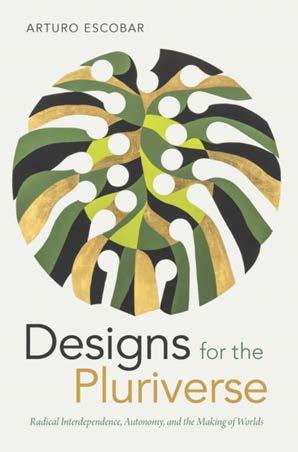
METHODOLOGY

“The pluriverse is a world entangled and interconnected, but not homogenised. It is a world where diverse ways of knowing, living, and being are recognised and respected.” (Walter D. Mignolo 2011)
MORE-THAN-HUMAN CENTRED DESIGN
The approach of more-than-human centred design acknowledges the importance of non-human entities in the design process. Its goal is to develop systems and experiences that consider the needs, behaviours, and impacts of all living beings, rather than just humans (Wakkary, 2021). This approach broadens the scope of design to encompass ecological and non-human perspectives, offering a comprehensive understanding of interconnectedness (Haraway, 2016).
In terms of more-than-human centered design, this research project is designing with mycelium and its symbiotic communication network. It does this by studying the biological properties and behaviours of mycelium, translating these characteristics into the conceptual elements of the installation, and creating an environment that reflects the interconnectedness and relationality inherent in mycelial networks.
THE PLURIVERSE
The concept of the Pluriverse, introduced by ColombianAmerican anthropologist Arturo Escobar, envisions a world where multiple ways of being and knowing coexist, underlining diversity, relationality, and interconnectedness (Escobar, 2018). The key principles include the recognition of diverse ontologies, the importance of autonomy, and the rejection of a singular, dominant, anthropocentric worldview (Mignolo, 2011).
My project approaches this idea of the pluriverse by highlighting mycelium as an interconnected way of being and thinking, showcasing the urgency of embracing multiple perspectives and re-evaluating the relationships between humans and the natural world.
Mycelium representation, created using programming software TouchDesigner. Own work.

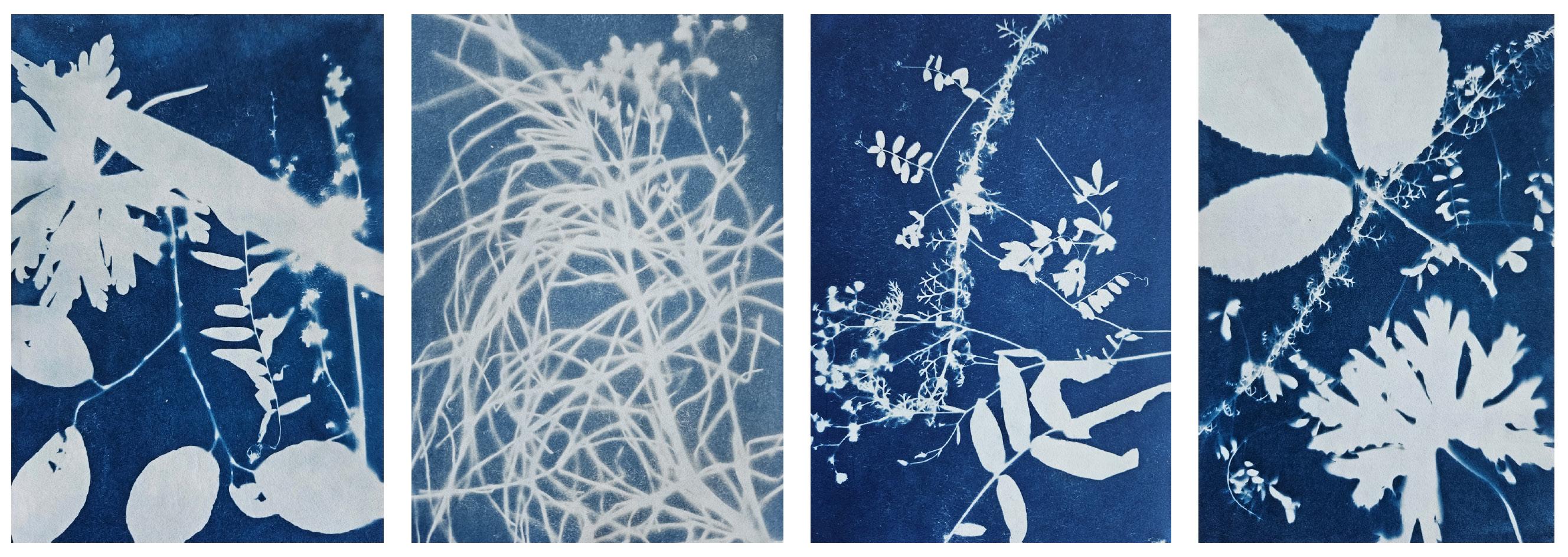

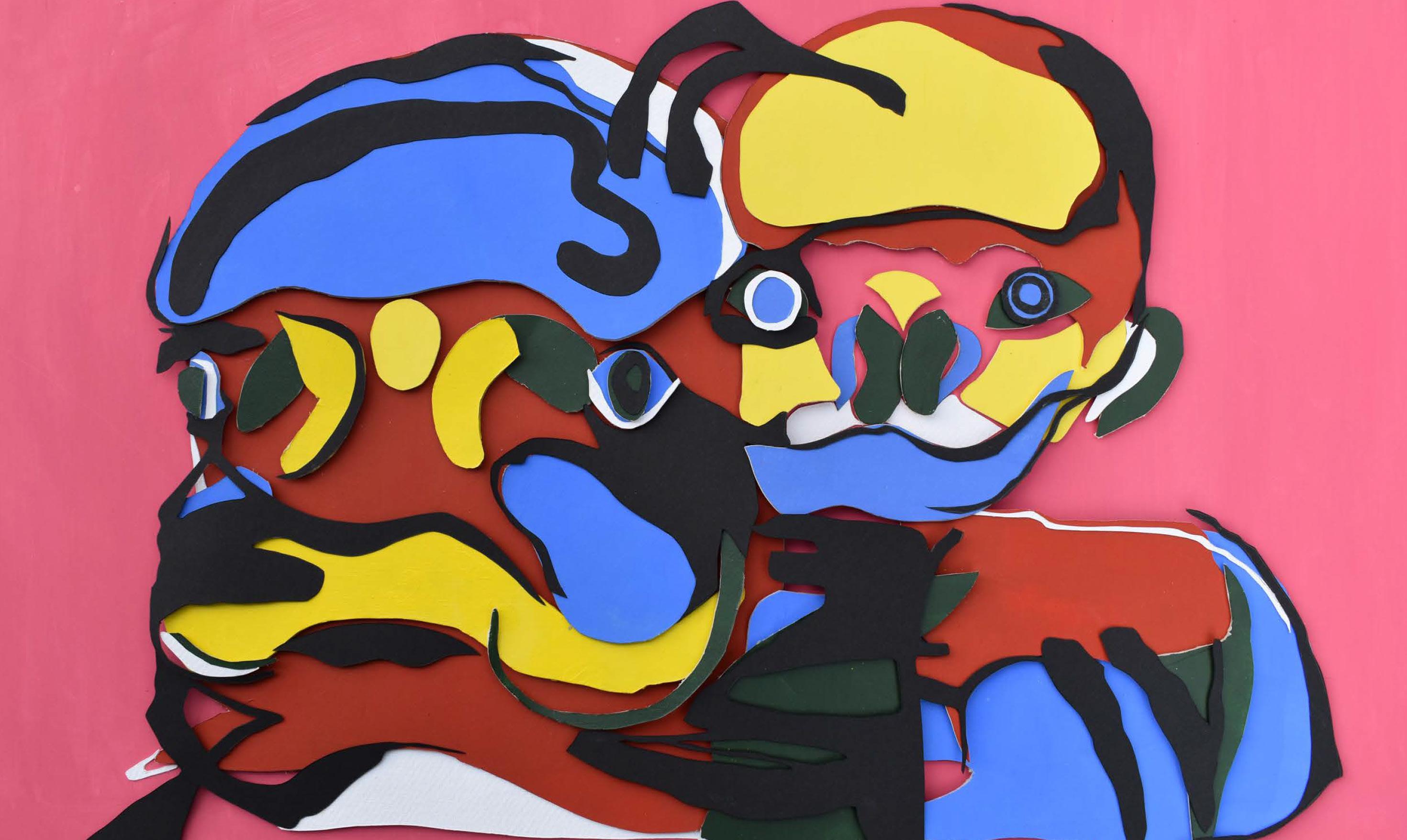
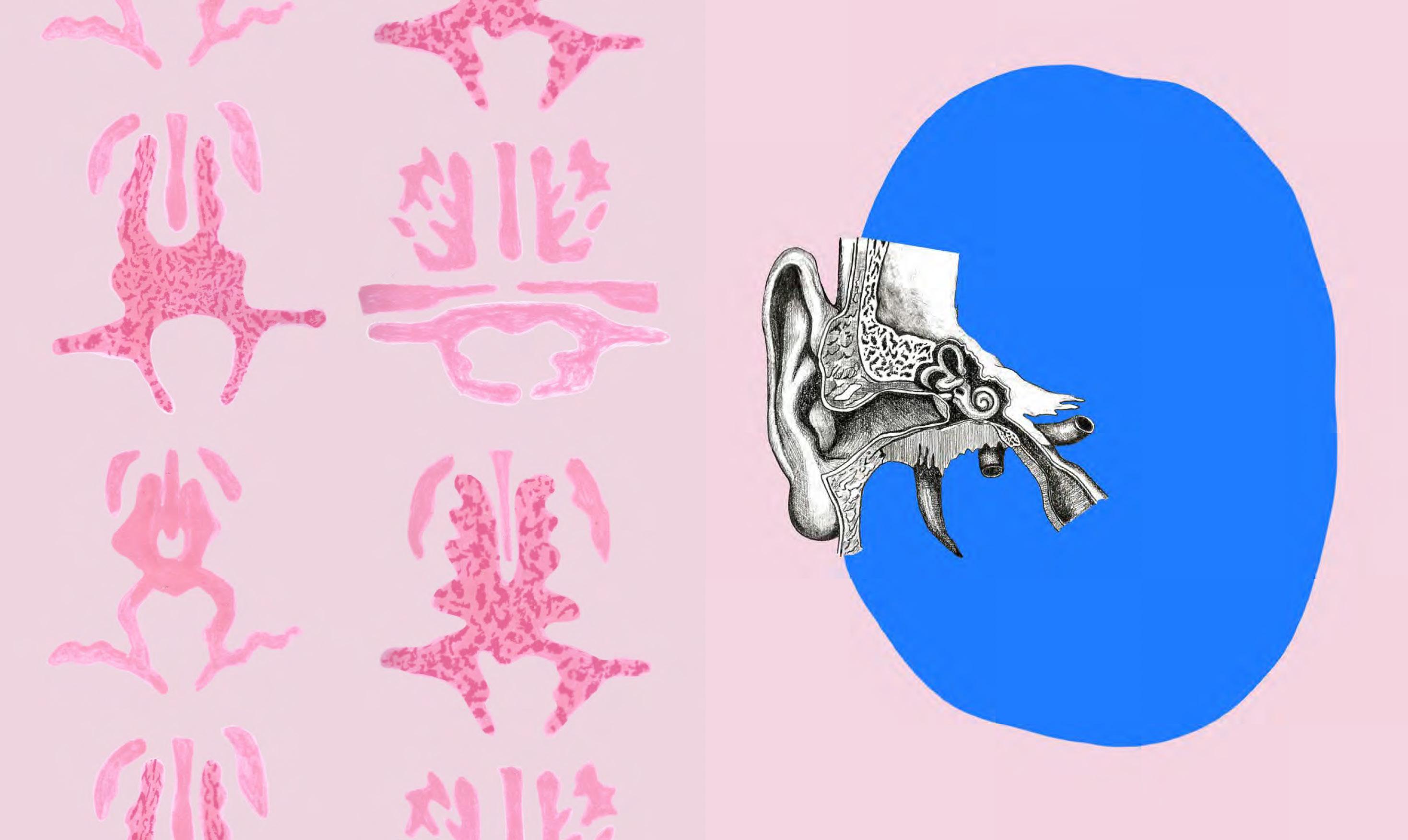



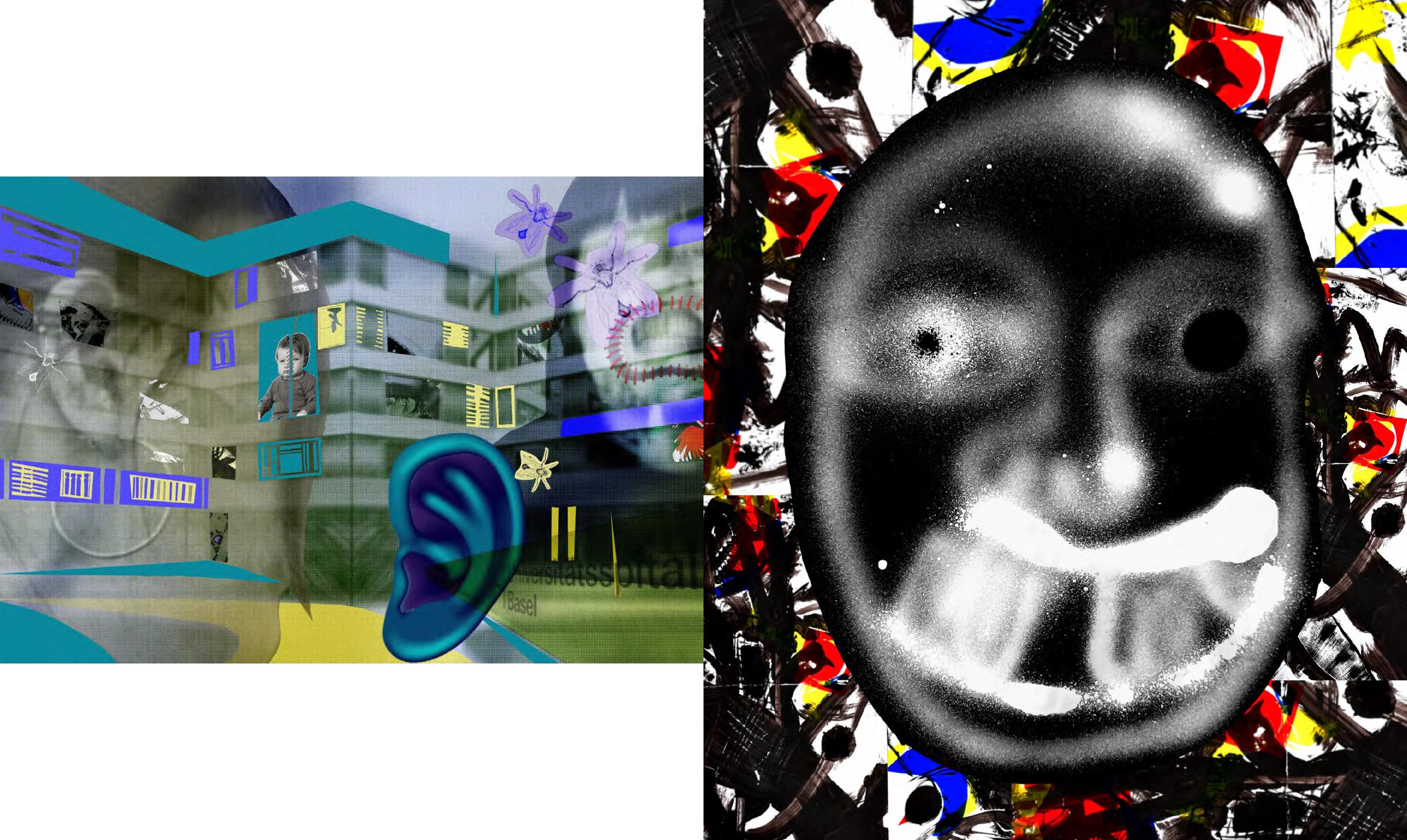


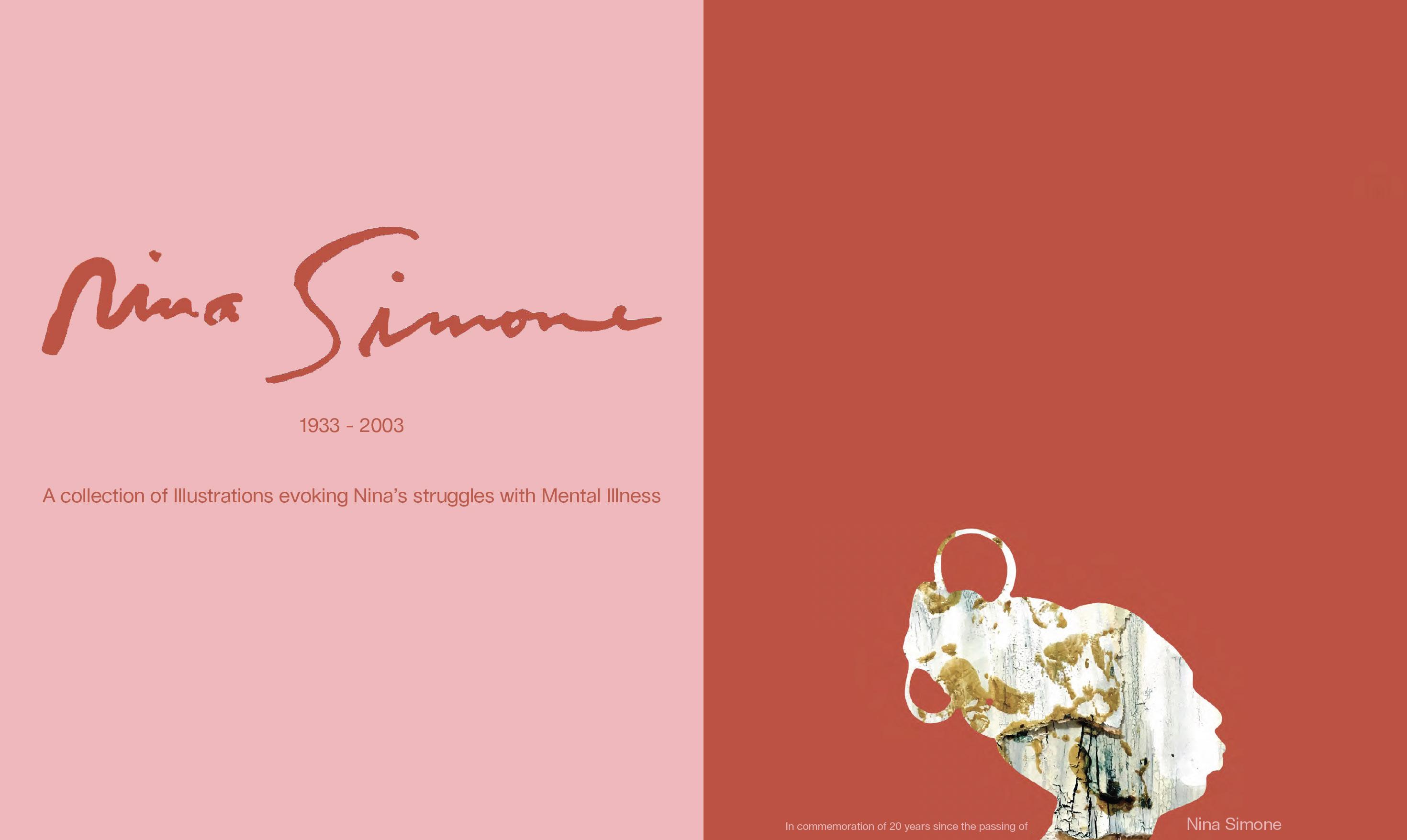







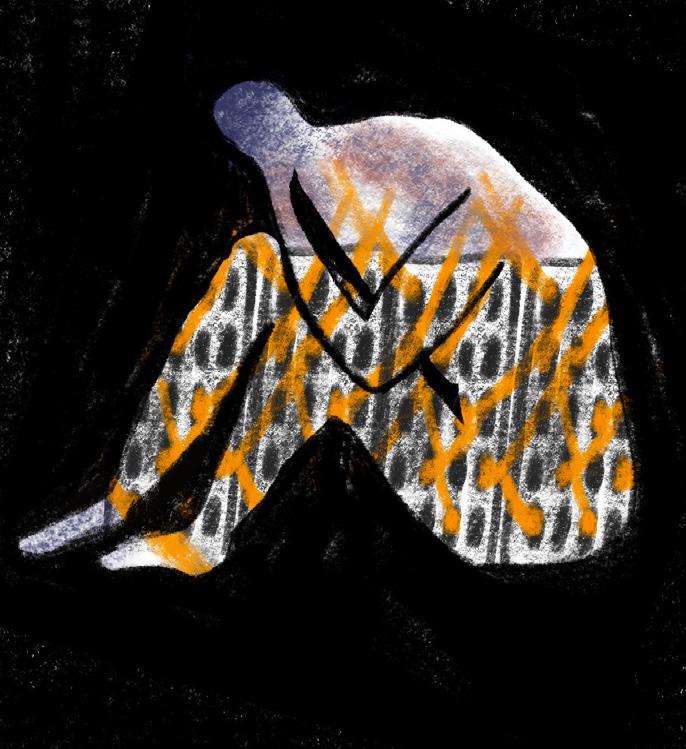
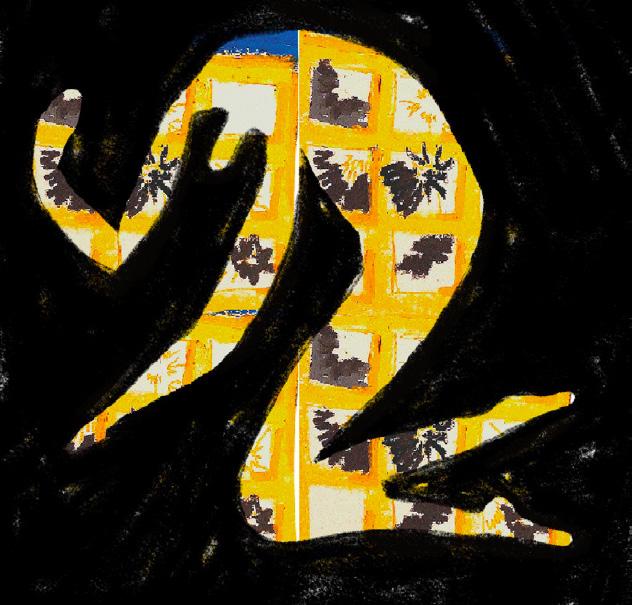
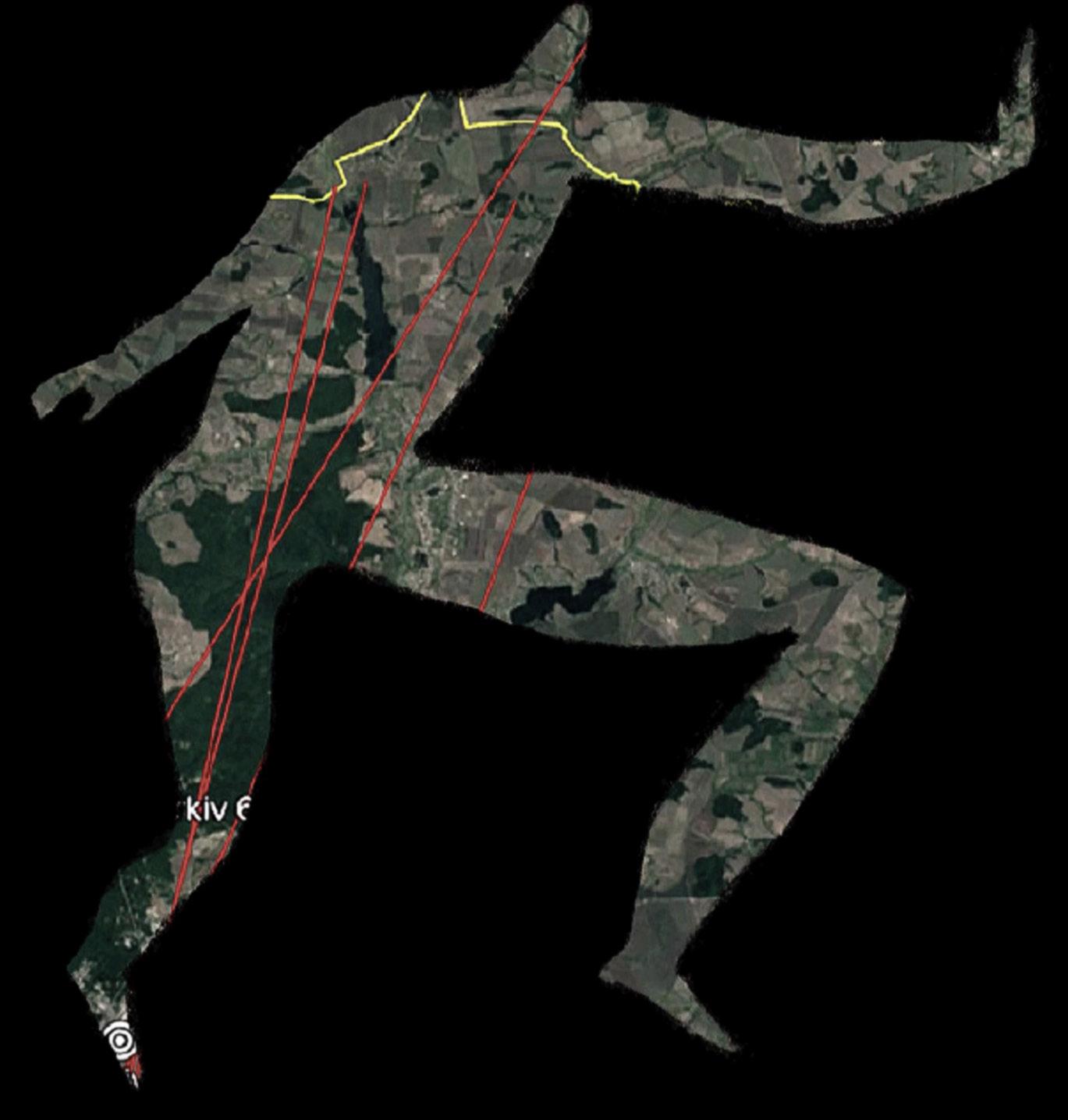
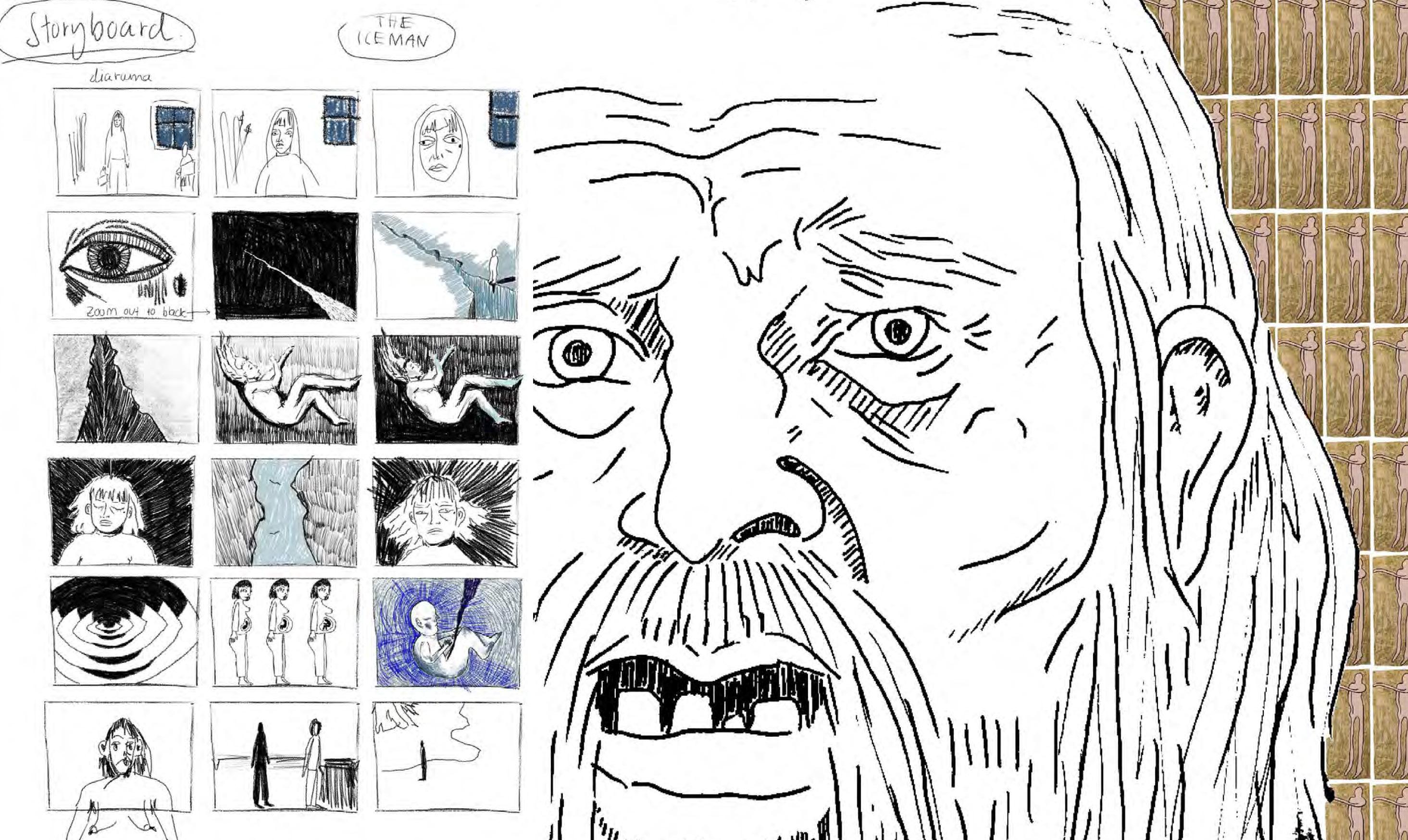




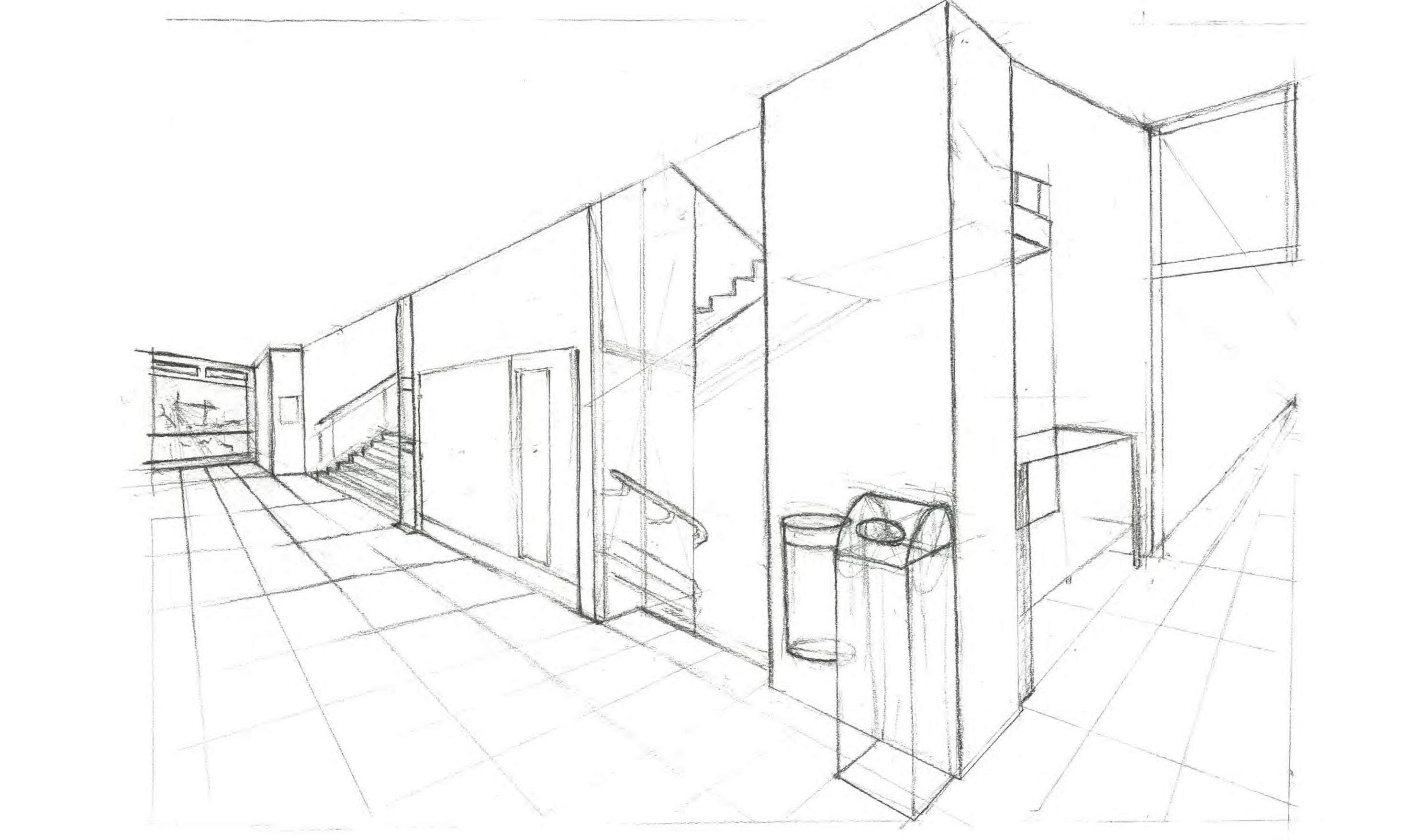
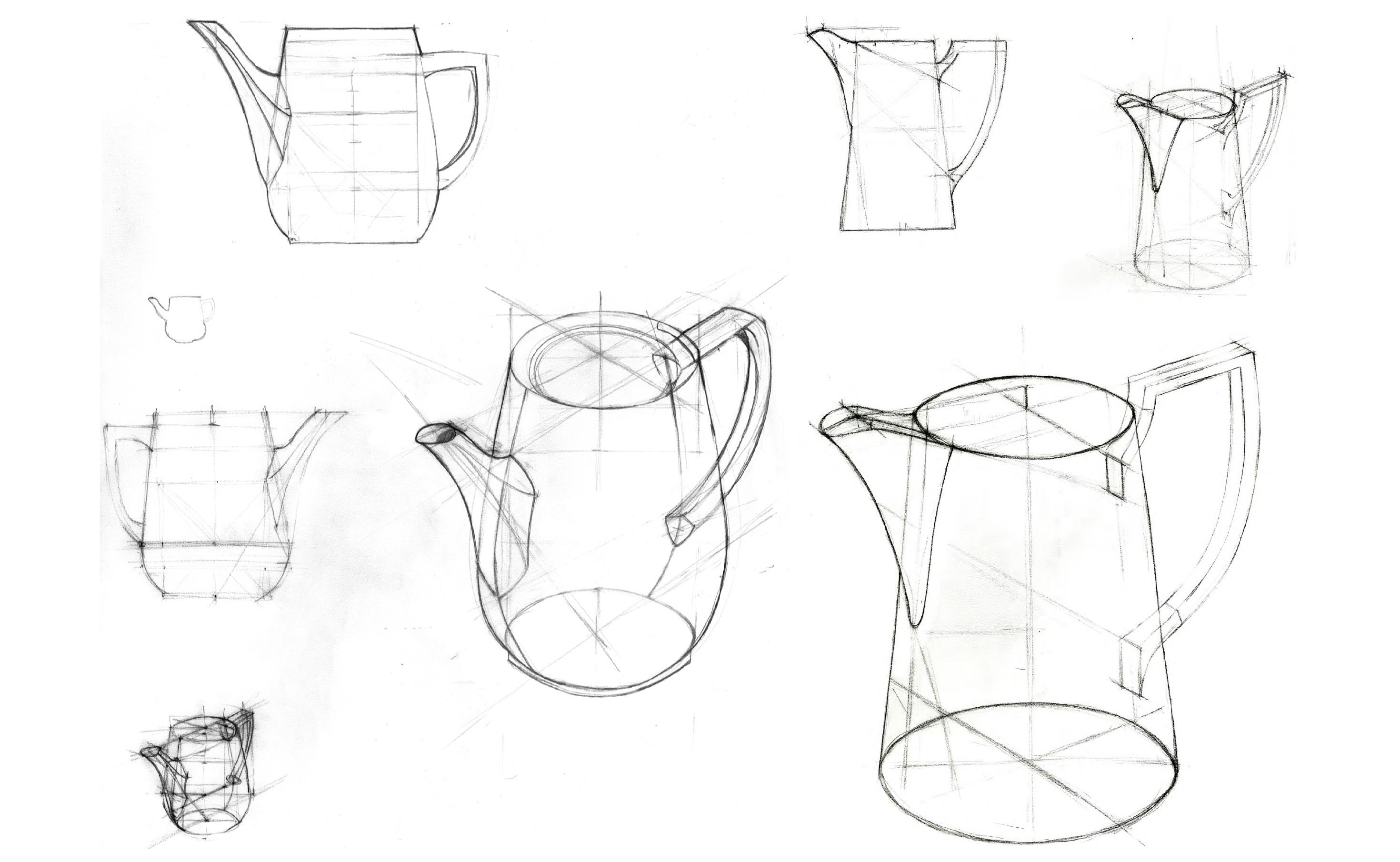
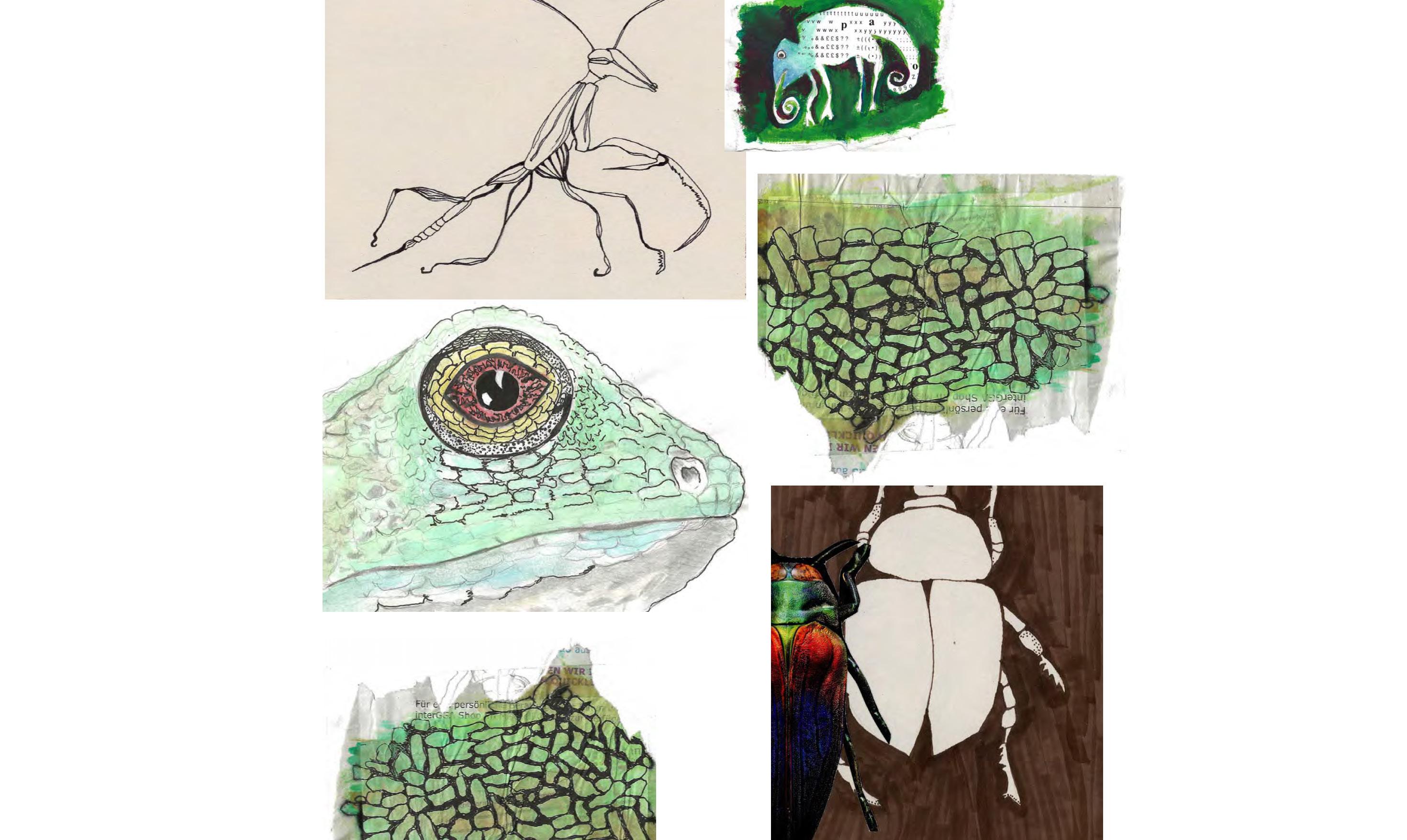
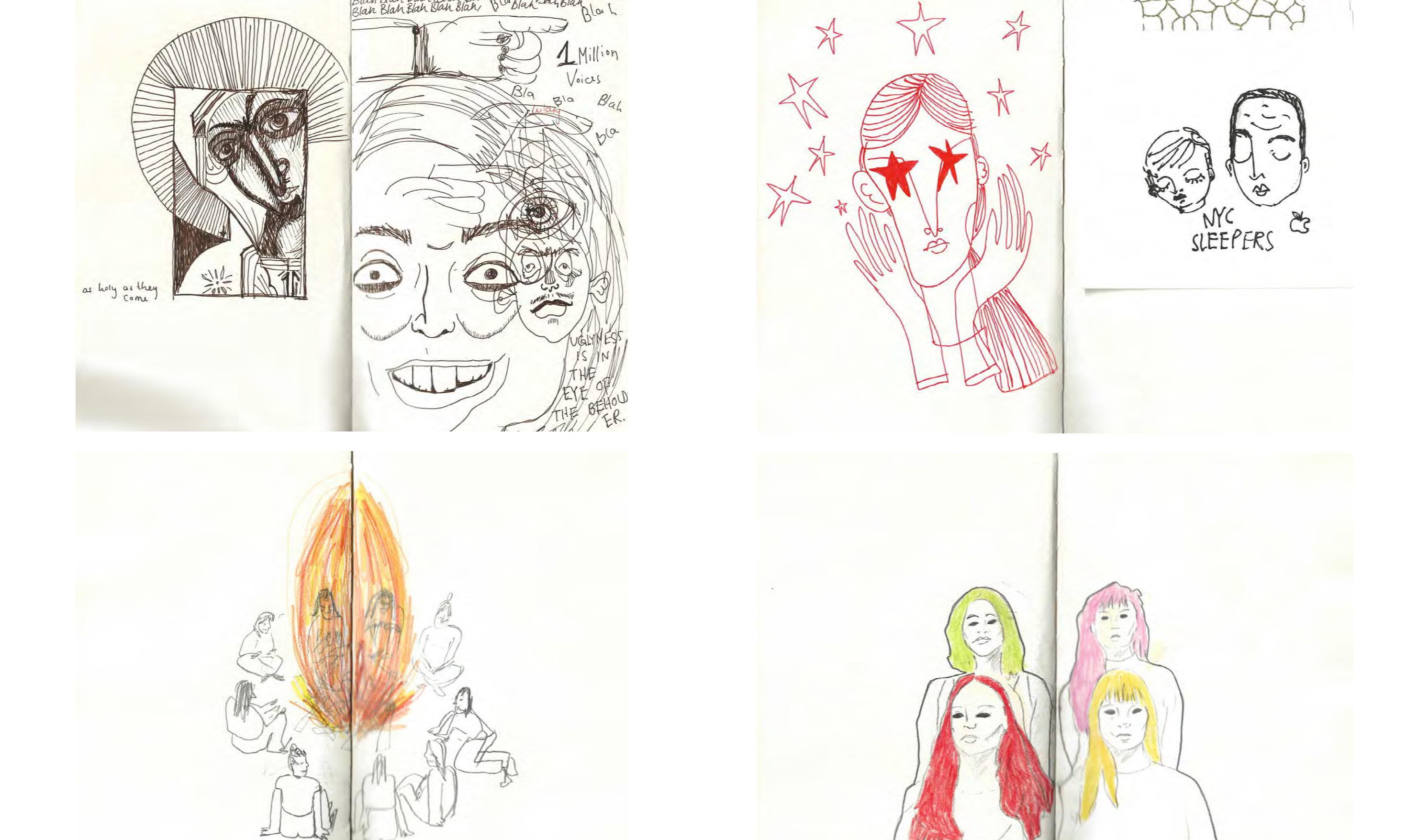
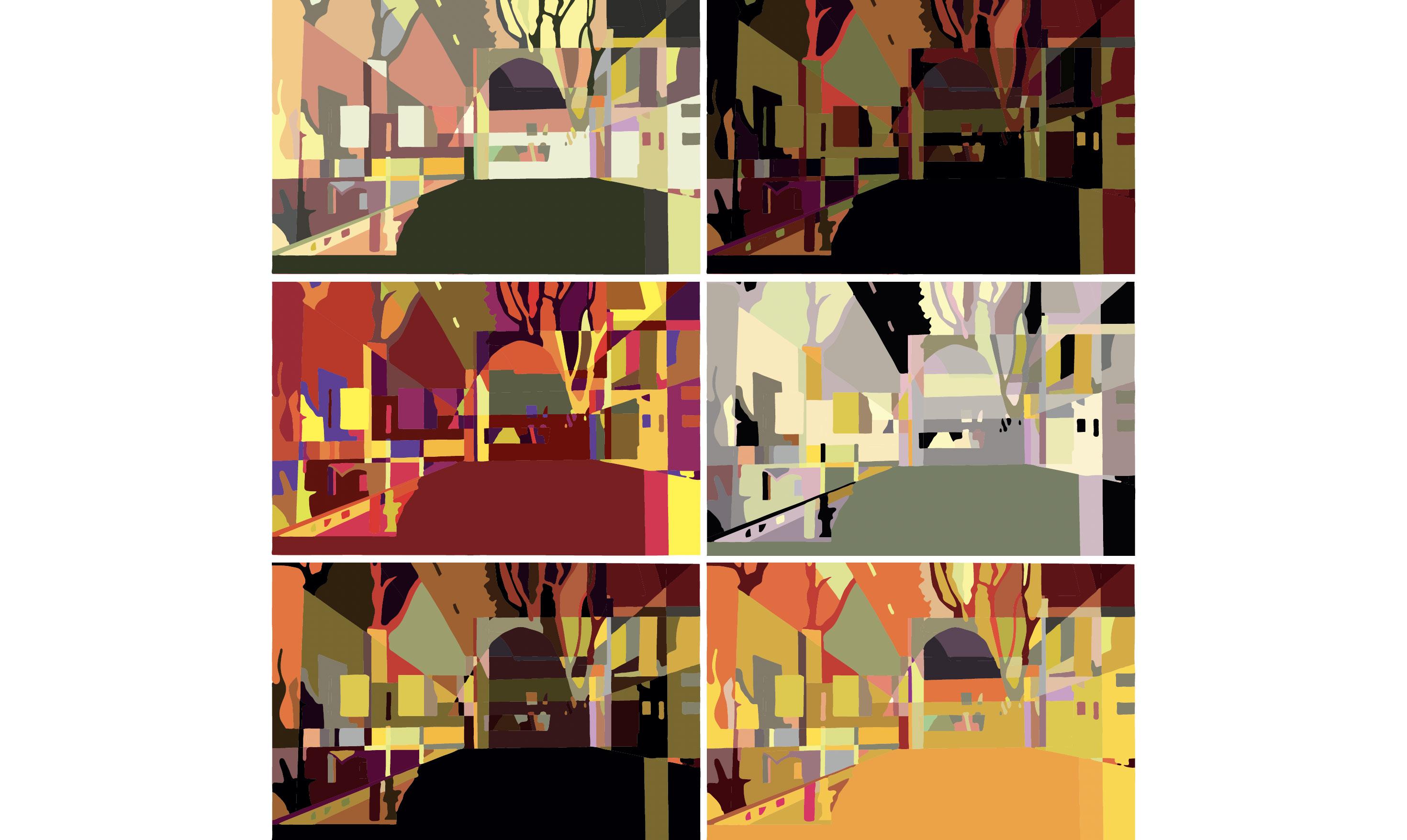
Zimna Wojna
Präsentiert von:
Christoph Bühler und Casper Mangold
Design:
Audrey Shaw und Simea Fürst
Filmabend mit Bar
Bar ab 19.00h
Film um 19.30h
Ausklang an der Bar
Polen, 2018
Polnisch mit Untertitel
89 min
Ein Film von: Pawel Pawlikowski
Mit: Joanna Kulig
Tomasz Kot Borys Szyc
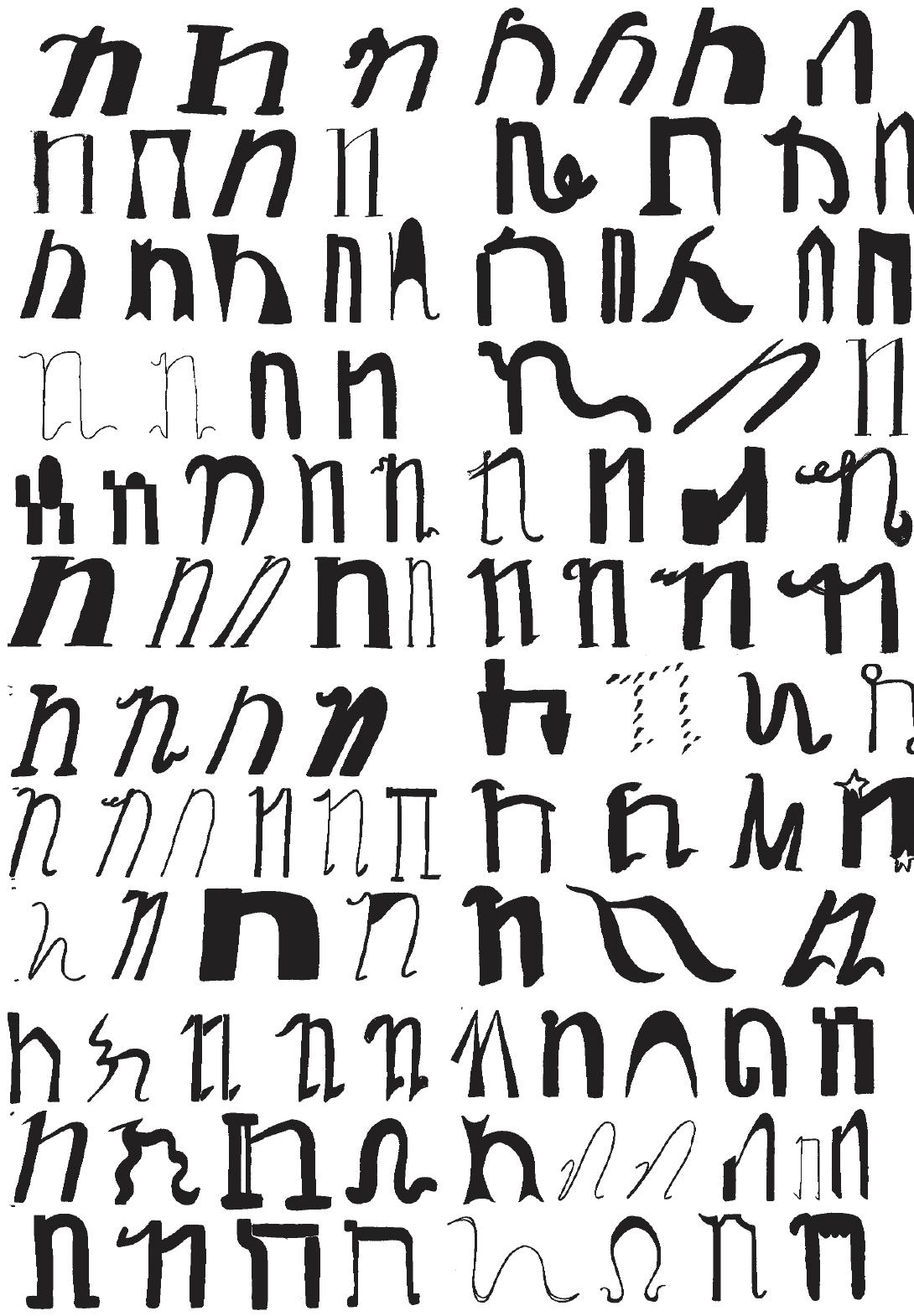
Cold War
Do,
19. Dez
Pavillon H

